Benedikt Eiteneuer
LSTM for Model-Based Anomaly Detection in Cyber-Physical Systems
Oct 29, 2020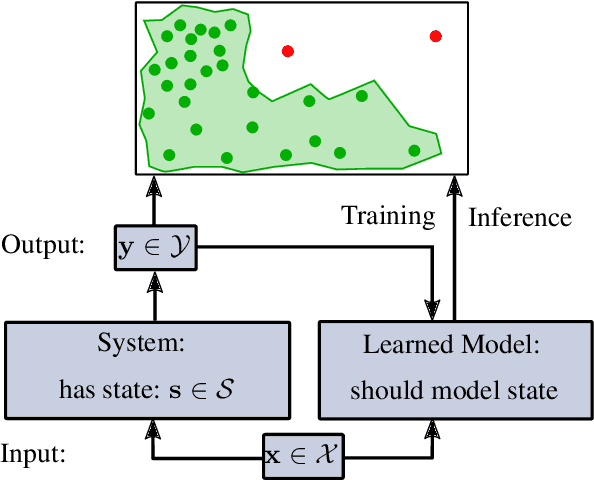
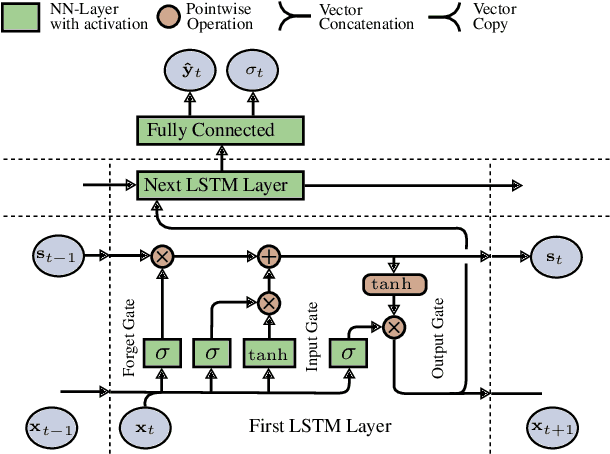
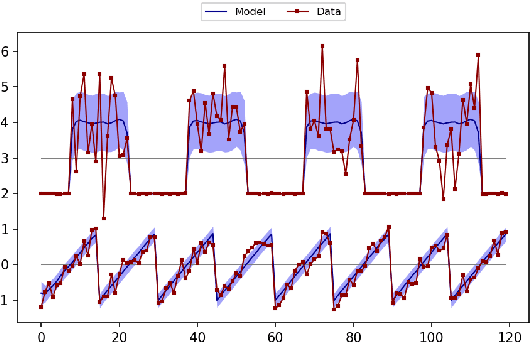
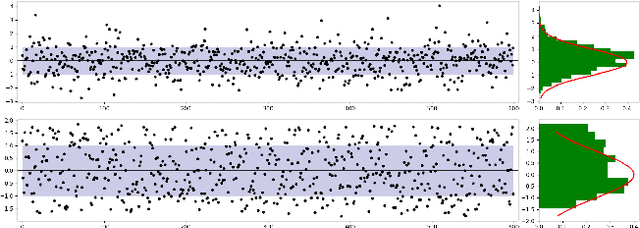
Abstract:Anomaly detection is the task of detecting data which differs from the normal behaviour of a system in a given context. In order to approach this problem, data-driven models can be learned to predict current or future observations. Oftentimes, anomalous behaviour depends on the internal dynamics of the system and looks normal in a static context. To address this problem, the model should also operate depending on state. Long Short-Term Memory (LSTM) neural networks have been shown to be particularly useful to learn time sequences with varying length of temporal dependencies and are therefore an interesting general purpose approach to learn the behaviour of arbitrarily complex Cyber-Physical Systems. In order to perform anomaly detection, we slightly modify the standard norm 2 error to incorporate an estimate of model uncertainty. We analyse the approach on artificial and real data.
Dimensionality Reduction and Anomaly Detection for CPPS Data using Autoencoder
Oct 28, 2020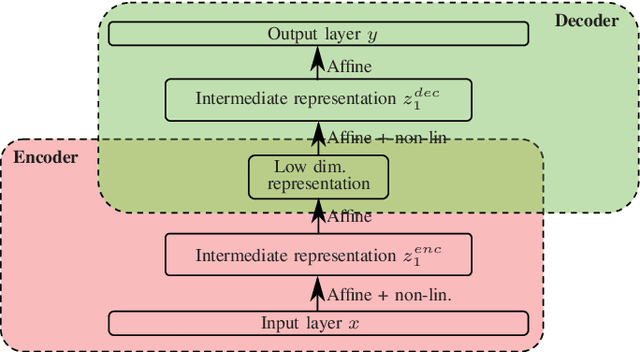
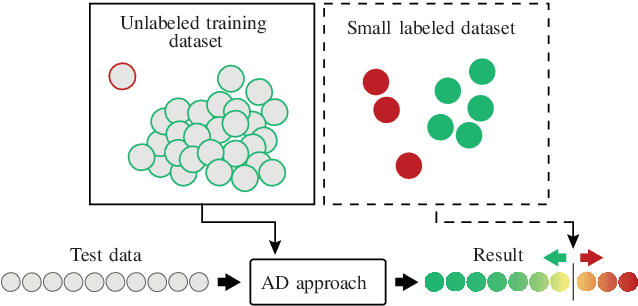
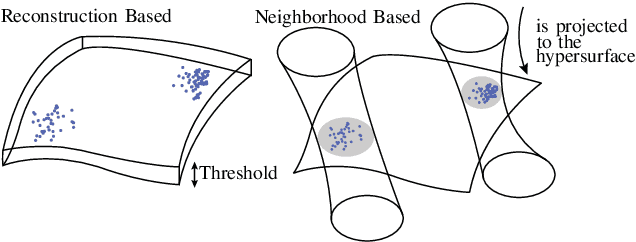

Abstract:Unsupervised anomaly detection (AD) is a major topic in the field of Cyber-Physical Production Systems (CPPSs). A closely related concern is dimensionality reduction (DR) which is: 1) often used as a preprocessing step in an AD solution, 2) a sort of AD, if a measure of observation conformity to the learned data manifold is provided. We argue that the two aspects can be complementary in a CPPS anomaly detection solution. In this work, we focus on the nonlinear autoencoder (AE) as a DR/AD approach. The contribution of this work is: 1) we examine the suitability of AE reconstruction error as an AD decision criterion in CPPS data. 2) we analyze its relation to a potential second-phase AD approach in the AE latent space 3) we evaluate the performance of the approach on three real-world datasets. Moreover, the approach outperforms state-of-the-art techniques, alongside a relatively simple and straightforward application.
* Copyright IEEE 2019
 Add to Chrome
Add to Chrome Add to Firefox
Add to Firefox Add to Edge
Add to Edge